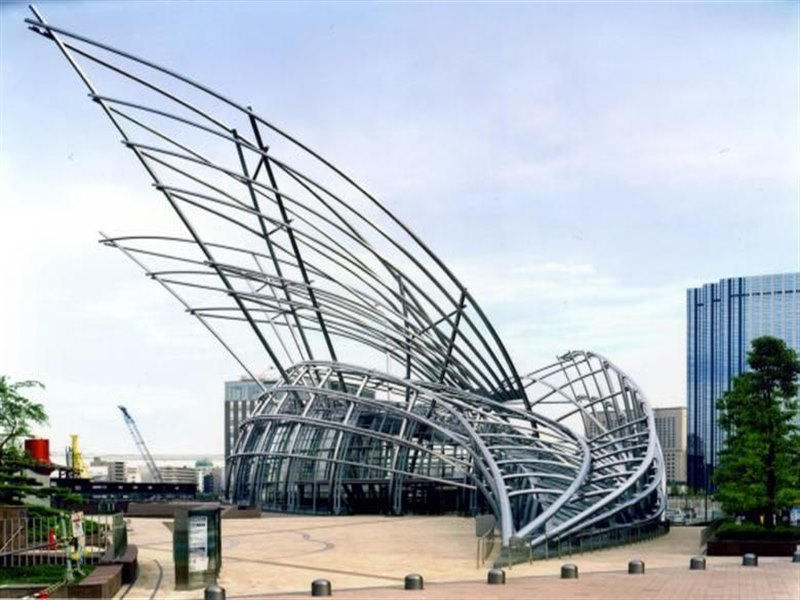Lovers of museums and art spaces should pay attention to this article, as here they will find the most spectacular in the world. Let’s explore them!
10) Musée d'Orsay (Paris, France)
This imposing Parisian museum stands on the left bank of the Seine and was inaugurated in 1986, in the building of a former railway station and hotel. The layout takes full advantage of the previous use of the building,, galleries are clustered around the large nave and light is diffused through its impressive glass roof. The purpose of consolidating this museum was to provide a bridge between the collections of the Louvre and the Centre Pompidou, and its collections focus on the late 19th and early 20th centuries, while it houses the largest collection of Impressionist and post-Impressionist paintings worldwide. For more information about the museum and the city, click here.
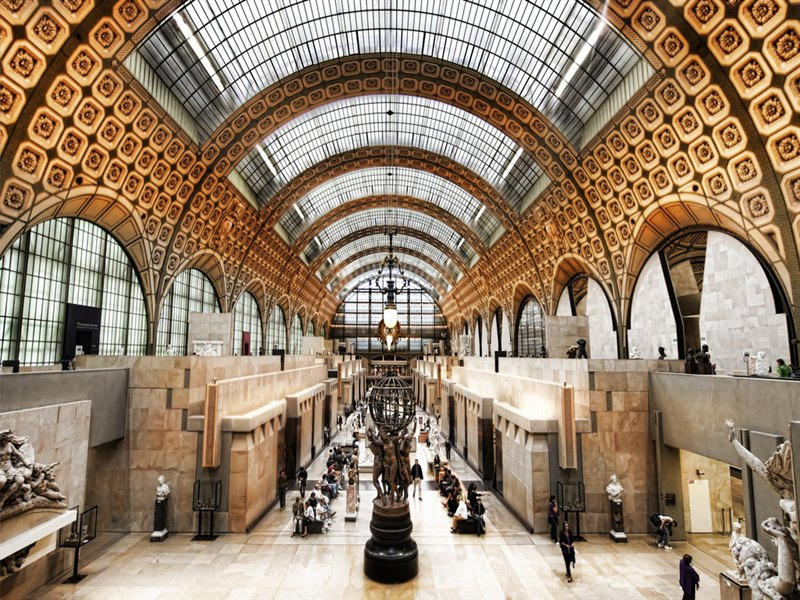
9) Museo Guggenheim (Bilbao, Spain)
During the period of Bilbao's widespread renaissance in the late 1980s, the idea for a museum arose from the collaboration between the Basque authorities and the Solomon R Guggenheim Foundation. The American-Canadian architect Frank Gery won the design competition and the museum opened its doors in October 1997. The impressive glass and limestone building, surrounded by titanium waves is located on the bank of the river Nervion in the heart of the old industrial area of the city. It instantly made a sensation, while architect Philel Johnson called it "the greatest building of our time."

8) Museu Oscar Niemeyer (Coritiba, Brazil)
The museum was inaugurated in 2002-3, and they called it "the eye" because it looks like a giant human eye on a yellow pillar. The legendary Brazilian architect who designed it (and gave it its name) was an emblematic figure of the modernism movement and had turned 95 when the project was completed. It is a museum with an area of 185sq.m., hosting international art as well as works by Niemeyer himself.
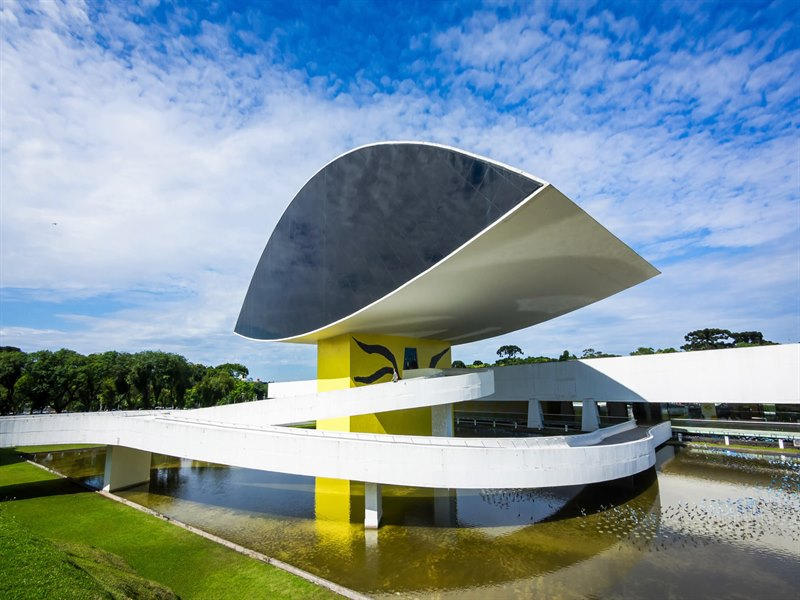
7) British Museum (London, UK)
Architect Robert Smerk designed the core of the museum, inaugurated in 1852 in a neoclassical style. The large south entrance with its impressive gable and columns draws its inspiration from ancient Greece. In 2000, Foster and partners created a new courtyard, which with its shocking glass roof transformed the inner courtyard of the museum into the largest covered space in Europe. For more information about the museum and the city, click here.
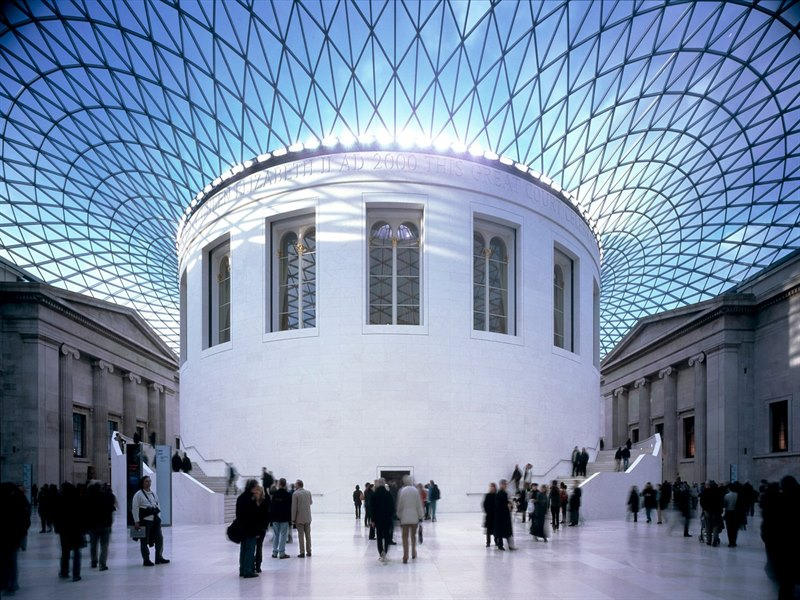
6) Royal Ontario Museum (Toronto, Canada)
This museum of Natural History, Art and culture is the greatest in Canada, with a collection of over six million exhibits. In addition to its original edifices and 20th-century addition, the new entrance, recently designed by Studio Daniel Libeskind, inaugurated in 2007 as the Michael Lee-Chin Crystal, was described by the museum as "a distinctive modern symbol of Toronto for the 21st century". The intricate prismatic glass and aluminum structure in a steel frame has its opponents, too, in 2009 ranked 8th on the list of "World's ugliest buildings".
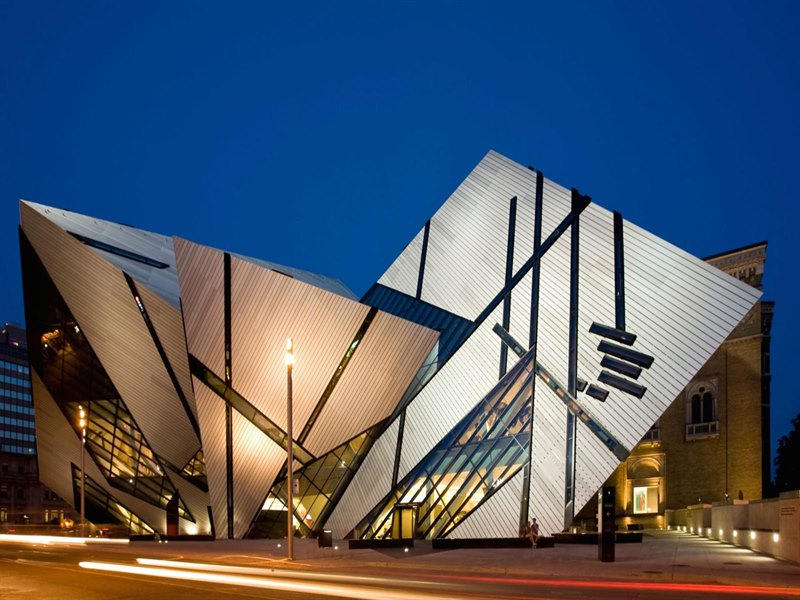
5) Museo Soumaya (Mexico City, Mexico)
The private cultural organization was founded in 1994 and is shared between two buildings, one in Plaza Loreto and one in Plaza Carso in Mexico City. The second, whose doors opened in 2011, was designed by Mexican architect Fernando Romero, in collaboration with Ove Arup and Frank Gery. It is a 46-metre high structure, clad with 16,000 hexagonal aluminium tiles. The six-storey museum features works mainly from Mexico and Europe, including the largest Rodin collection outside France.
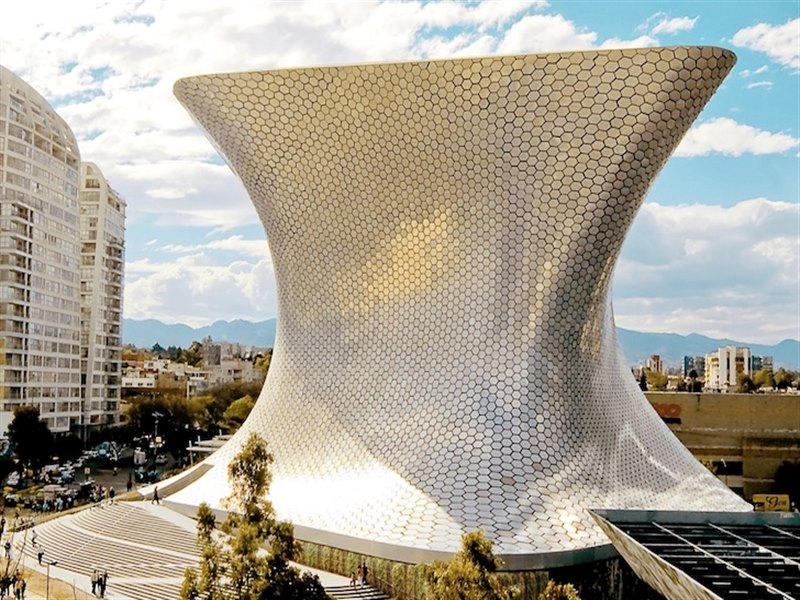
4) State Hermitage Museum (St. Petersburg, Russia)
One of the largest and oldest museums in the World, the Hermitage was inaugurated in 1764 by Empress Catherine the Great and houses over three million works of art and artifacts. The huge state museum consists of numerous buildings, including the majestic white-green Winter Palace, the former residence of Russian tsars. The colossal palace was primarily designed by Francesco Bartolomeo Rastrelli in a baroque style.
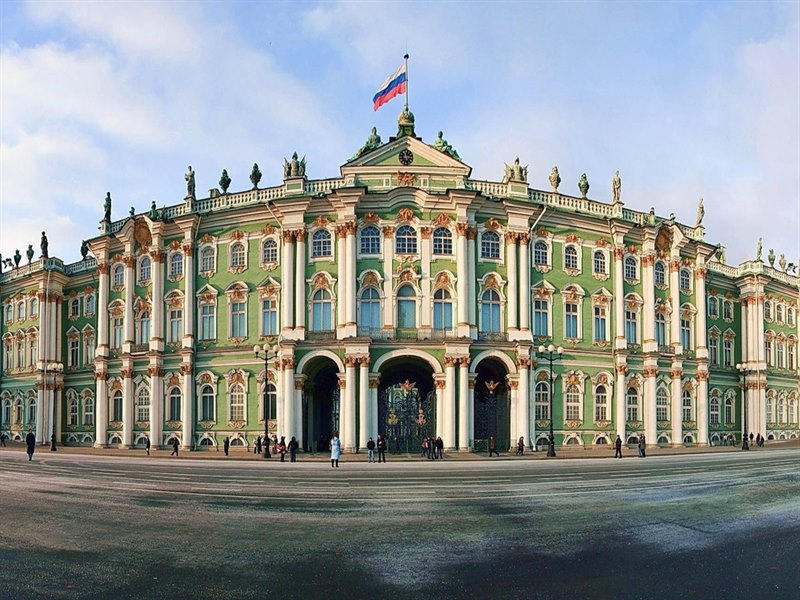
3) Museum of Islamic Art (Doha, Qatar)
It was inaugurated in the Qatari capital in 2008, in a design by Pritzker Prize-winning architect IM Pei. At the age of 91, Pei traveled around the Arab world for six months drawing inspiration for this work. The imposing 5-storey limestone architecture is based on reclaimed land overlooking the seaside area of Doha and its two wings are connected by a large inner courtyard. It houses a collection of Islamic art spanning a period of 1,400 years.

2) Vatican Museums (Vatican, Italy)
The Vatican Museums were inaugurated by Pope Julius II in the 16th century. This complex includes 52 halls and is one of the largest in the world. Its collection of religious sculptures and paintings include works by Raphael, Titian and Caravaggio. Their halls include the Hall of maps and the Hall of tapestries, while its last living room is the sensational Sistine Chapel, with walls decorated by artists such as Perugino, Botticelli and, of course, the famous arched ceiling with Michelangelo's painting. For more information about the museum and the city, click here.
1) National Art Museum (Osaka, Japan)
Following the demolition of the original 1970s museum, a new edifice was designed by Cesar Pelli and opened its gates to the public in 2004. Most of the museum is underground, while only the entrance area is on the surface. To maximize the awe factor, Pelli created a glass-and-steel entrance designed to resemble reeds on the riverbank or bamboo logs.
